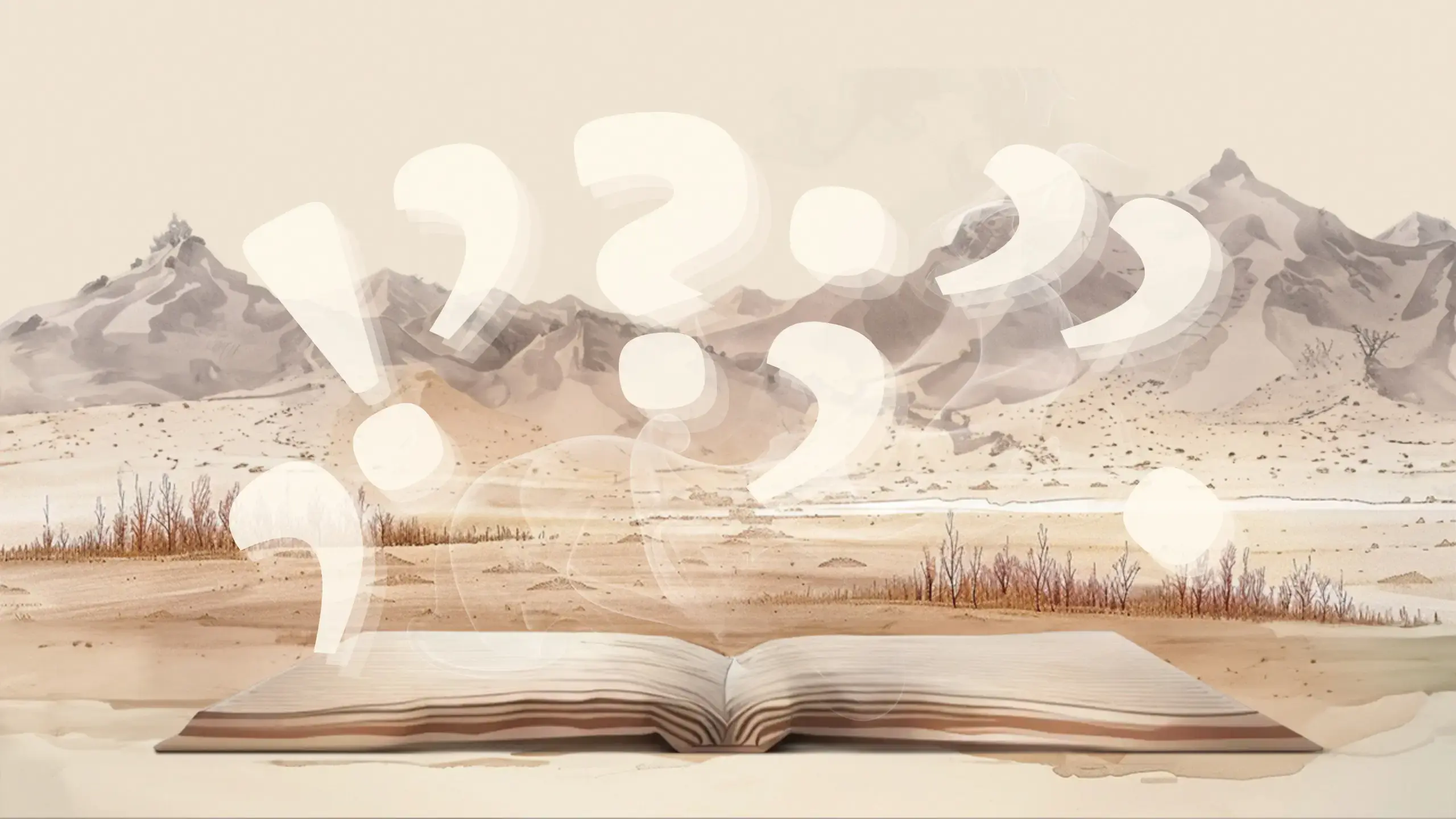With three books published over thirty years, the highly elusive Donna Tartt exemplifies quality over quantity. Thanks to the dark, evocative and deadly atmosphere of The Secret History, she is often accredited with the invention (or popularization) of the dark academia genre—where highly intelligent and privileged students engage in morbid activities in a gothic setting, now transcending fiction and entering the mainstream (think clothing, decor, lifestyles—they can all fit the dark academia aesthetic).
What is it about Donna Tartt, then, that leads writers everywhere to aspire to her heights of storytelling success? Are you hoping to write like Donna Tartt, or at least understand how she crafts her meticulously structured novels?
If the answer is yes—you’re in the right place. In this article, The Novelry summarizes the key elements of Donna Tartt’s writing style that have ensured her enduring success and reputation among the highest of literary circles.

The Secret History, published in September 1992, established Donna Tartt’s place as a champion of literary fiction. With its exquisitely drawn characters, pacey plot and memorable setting of a fictional Vermont college, The Secret History is both commercial and literary, appealing to readers and writers alike.
Donna Tartt’s second novel, The Little Friend (2002), was awarded the WHSmith Literary Award. With the characteristic morbidity of Tartt’s work, The Little Friend begins with the unexplained murder of a nine-year-old boy found hanging from a tree in his backyard. Twelve years later, his sister Harriet seeks to avenge the death that shook the rural community of 1970s Mississippi.
While The Little Friend was indeed an internationally acclaimed bestseller, it was Donna Tartt’s third novel that awarded her the highest form of recognition—the Pulitzer Prize for Fiction was awarded to The Goldfinch, published in 2013. In this novel, a young child named Theodore Decker loses his mother in a terrorist bombing at a museum in New York. In the immediate dust and confusion of the attack, a stranger urges Theodore to steal Carel Fabritius’s painting of a goldfinch. What follows is a rich, complex story of Theodore’s turbulent journey into becoming a young man, accompanied by the threatening and paradoxically reassuring presence of the stolen piece of art.
If you dream of writing like Donna Tartt or are just curious about what makes Donna Tartt so popular, then read on for the techniques of the Andrew Carnegie Medal-winning, internationally revered novelist Donna Tartt.
{{blog-banner-2="/blog-banners"}}
Who is Pulitzer Prize winner Donna Tartt?
Donna Tartt is an American novelist most famous for her award-winning novels The Secret History, The Little Friend and The Goldfinch.
Born on December 23, 1963, in Greenwood, Mississippi, Donna Tartt grew up writing poems, essays and short stories from an early age. She attended the University of Mississippi before transferring to the famous Bennington College in Vermont, a highly prestigious liberal arts college that inspired the setting for The Secret History. Here, she studied philosophy (alongside classmates Jonathan Lethem, Bret Easton Ellis and Jill Eisenstadt) and developed her iconic androgynous style, a style so recognizable that it led to her inclusion in Vanity Fair’s 2014 International Best-Dressed List. She graduated in 1987, published her debut novel in 1992, and enjoyed massive commercial success.
She often cites her influences as Charles Portis, Vladimir Nabokov, Robert Louis Stevenson and Charles Dickens.

The Secret History
Openings
Critics praise The Secret History’s living, breathing characters, each of whom is given distinct motivations and qualities that help drive the story.
The often bizarre and highly idiosyncratic personalities of these students make the novel so captivating. As the plot becomes increasingly outrageous, the extremities of each character’s personality are revealed. Plus, the perspective of the Nick Carraway-esque Richard Papen gives us the perfect narrator to draw us into this perplexing world of academic elitism.
However, aside from characters, Donna Tartt’s strongest writing technique is found in her openings.
The reader immediately knows what they are reading to find out. See the opening line of the prologue:
The snow in the mountains was melting and Bunny had been dead for several weeks before we came to understand the gravity of our situation.
—Donna Tartt, The Secret History
The opening of chapter one depicts the homely everyday life of our protagonist:
My name is Richard Papen... I grew up in Plano, a small silicon village in the north... Plano. The word conjures up drive ins, tract homes, waves of heat rising from the blacktop. My years there created for an expendable past, disposable as a plastic cup. Which I suppose was a very great gift, in a way.
—Donna Tartt, The Secret History
Here, the author provides an easy opening to establish what the reader and the narrator have in common. This opening aims to provide familiarity and remind the reader what’s of value or at stake.
It might be one of the consolations of a great adventure story for a reader to see the main character return home to a life like theirs.
The central question
The Novelry’s Advanced Class dissects the structure of The Secret History to help writers understand their own books regarding these key features. One of the most vital elements of your novel is its central question—what is your reader reading to find out?
From the outset, the story begins with a question as the starting gun. For a bang, the question only has to be clear, loud, up close, and threatening (beset by obstacles and dangers).
As we enter further into the characters’ worlds, we are interested more in their relationships and whether Richard Papen will come out of this intact. Tartt propelled her blockbuster success with a whodunnit, which bought her time to develop a more literary moral journey.

The main character
In The Secret History, our narrator and protagonist is Richard Papen. From his own admission, his defining quality is a ‘morbid longing for the picturesque at all costs.’ Morbid indeed, as the story plays out.
Richard is grounded, highly intelligent, and insightful. More importantly, he is vulnerable and naive, susceptible to the bedazzling charm of The Secret History’s cast of characters.
This is another facet of Donna Tartt’s pitch-perfect novels: an Everyman character as the protagonist, with whom the reader can empathize and identify with, who provides an excellent foil to the cast of eccentric characters found in each of Tartt’s novels.

Both Richard Papen and Theodore Decker, the latter from the Pulitzer Prize for Fiction-winning The Goldfinch, are sympathetic characters who find themselves constantly in predicaments, one tumbling into the next—most often not of their own making, but as a result of Hamlet-style fate.
The first moment of Theodore Decker’s story in The Goldfinch is losing his mother in the New York art gallery. He can’t find her before the bombing and doesn’t ever find her again. Donna Tartt’s characters, then, seem doomed from the beginning: as though the victims of something cosmically bestowed, they spend the rest of the novel trying to escape from the very condition of themselves. Another stroke of Tartt’s genius—the pathos of these characters has hooked readers for decades.

The setting
If you are currently writing a novel, you’ll know how important it is to fully understand and envision your setting.
Not only does it need to be evocative of your genre, but it needs to respond to and develop the storyline of your book. Each of Donna Tartt’s books demonstrates this technique especially well.
Take The Secret History, for example: Donna Tartt used her experience at Bennington College to create an environment that reflected the privilege, grandiosity and aestheticism of her cast. This environment has since influenced a wave of aesthetic and design choices, illustrated in this article on Dark Academia Room Decor: Aesthetic Secrets Revealed.
In The Little Friend, the rural town of 1970s Mississippi provided the quietly threatening ambience needed for something as horrific as the murder of a child to take place.
As Donna Tartt’s longest novel at 784 pages, The Goldfinch takes the reader across the world, from New York to Las Vegas to Amsterdam. Within these grand settings are minute, perfectly detailed and atmospheric micro settings. We become intimately familiar with Theo’s apartment in Manhattan and, later on in the novel, the dark, chemical smell of Hobie’s antique workshop. So, the setting is a critical component of Donna Tartt’s bestselling stories in that they live and breathe with the same complexity and characterization as her cast.

Donna Tartt’s writing style—a few key techniques
- Strong, plot-centric openings
- Whodunnit central questions; running away from or toward the crime
- Vulnerable, highly intelligent and idiosyncratic characters
- Settings that drive and respond to the story
Welcome home, writers. Join us on the world’s best creative writing courses to create, write and complete your book. Sign up and start today.
.avif)
.webp)

.avif)

.webp)
